Eagle Rays in Singapore Seas
 November 9, 2020
November 9, 2020
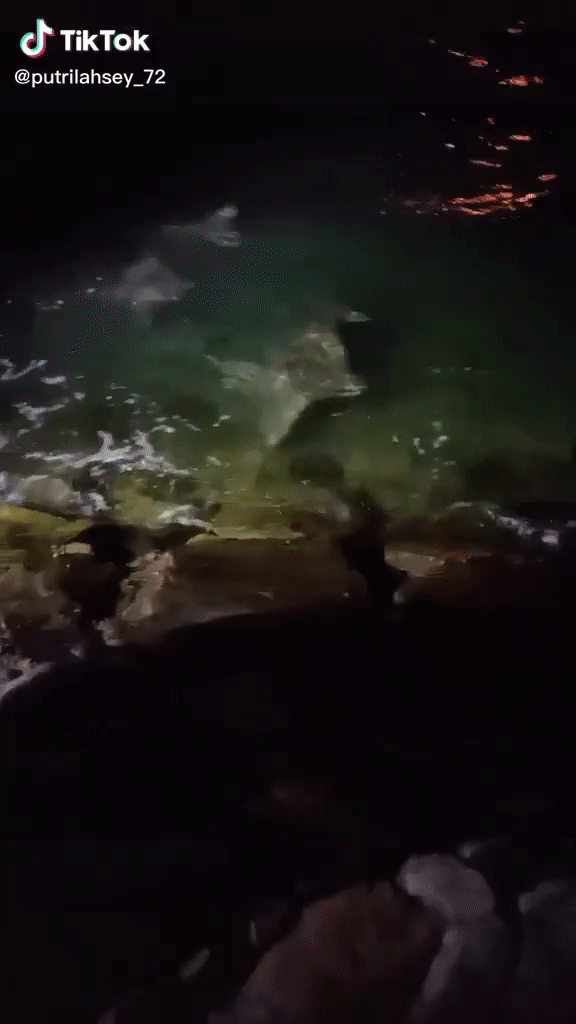
“Where was this?” were the first questions from members of the public that appeared in my message box after I posted the above video on social media. Followed by, “what were they doing here?”
Seeing the five rays swim in formation along the seawall at Labrador Park didn’t so much as surprise me. Rather, it was so good to see them back! How fortunate are we to have had the moment captured and shared on TikTok by this fisherman. The attention that the video has received also showed how much joy can come from witnessing our LIVING seas. Our shores are not just rock and water. If we love the big stuff, we have to look after the little stuff.
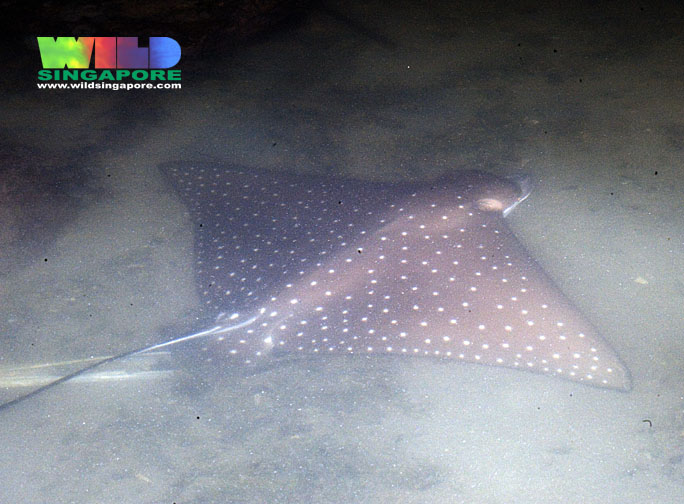
A home for eagle rays
Eagle ray are among the largest and most beautiful coastal marine mega fauna you can encounter in Singapore. They have been photographed travelling along our shallow shores in search for a snack, sometimes alone (above), and other times in small schools. Eagle rays are “bentho-pelagic” feeders, which means that they feed on the sea floor and the water column. Healthy shores that provide food and shelter for small creatures like clams, crabs, squid, prawns, snails, and little fish, attract bigger animals to our shores like these rays. If we would like to continue to experience the thrill of witnessing such events, we have to work hard to keep our shores lively for wildlife and people – that means leaving our shores rocky or sandy or covered in sea grass and mangroves, so there’s lots of algae and detritus to feed the snails, crabs and shrimp.
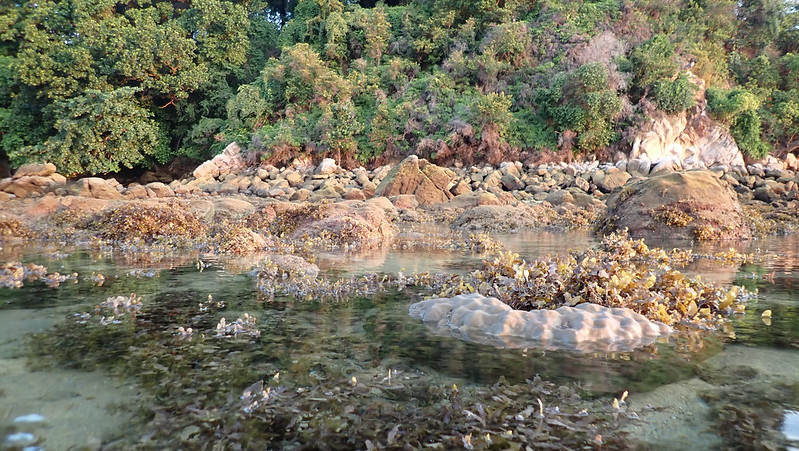
Every time I witness wonders like this, I can’t help but imagine what our LIVING shores might have looked like 200 years ago, or even 100 years ago – when many of our reefs and natural rocky shores were still intact and full of yummy snacks for these beautiful and well-travelled species. How big were the school of eagle ray that would have swam around our shores? How many sea birds made their home on our shores? How many sea turtles came to lay their eggs on our beaches? Witnessing these natural marvels used to be a privilege that any one who visited our shores could enjoy. When we encounter wildlife in our city today, we find it extraordinary – and it is. It is a good sign that wildlife really wants to return, and they will if we let them. Thankfully, we still have some natural shores in Singapore like the one above. These shores, some of which are now protected under the Sister’s Island Marine Park, are a precious place for us to learn about how lively and productive Singapore shores can be if we looked after them.
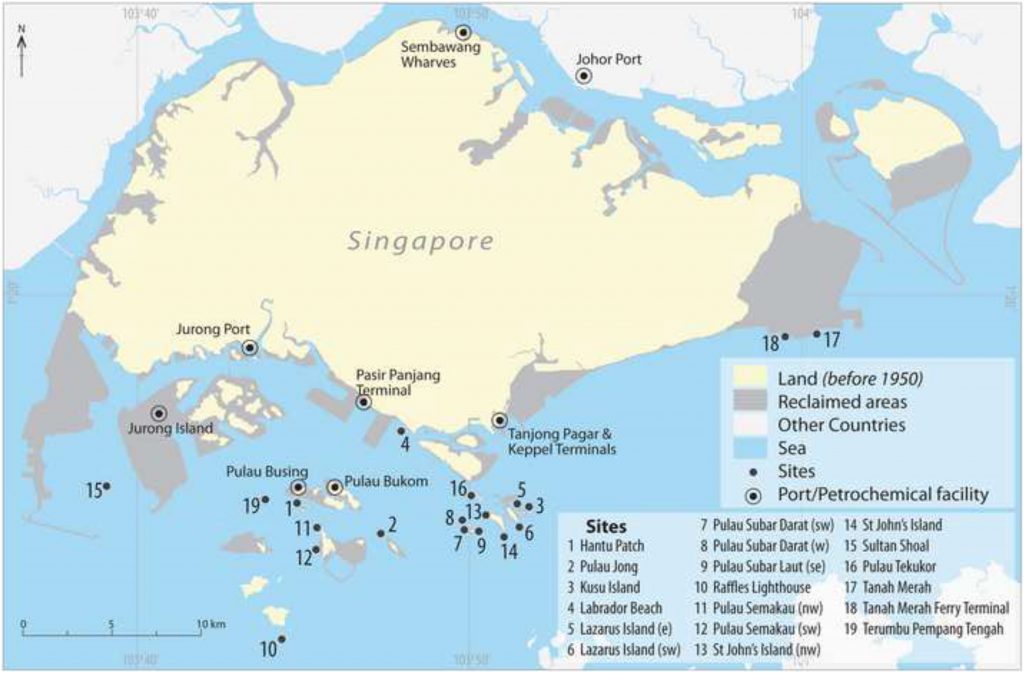
Eagle rays travel the world as they feed in shallow shores between 0-30 meters depth. It’s not strange to see them along a sea wall because the cracks and crevices of seawalls are great hiding places for yummy little creatures. Living in this shallow zone actually makes these animals very vulnerable to danger – they have to avoid ships, sharks, and fishermen. The relentless boat traffic that we get off Singapore shores, and and the increasing number of natural shores being hardened and reclaimed, could also explain why we don’t see them more often, so swimming in a group could be a strategy to keep them safe, but it is also probably more efficient to hunt together – as a squid that escapes from your buddy next to you, could end up your mouth!
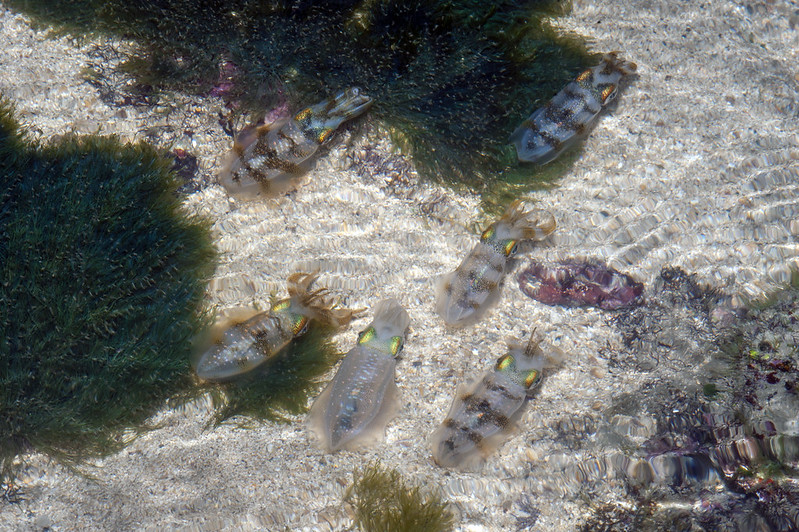
A fragile life history
Just like the 80kg ray that was caught off Bedok Jetty, eagle rays give birth to live young that hatch from eggs within the mothers abdomen. We call this ovoviviparity, meaning egg laying and live birth. A truly bizarre and fantastic strategy to help the little rays have a big head start in life – literally! Being big can protect you from many large predators that would happily slurp up a tiny ray. Also like the Bedok jetty ray, eagle rays only reach sexual maturity after 4-6 years. If that doesn’t sound like a long time… just remember that during that same length of time, your cat could have had 120 kittens!
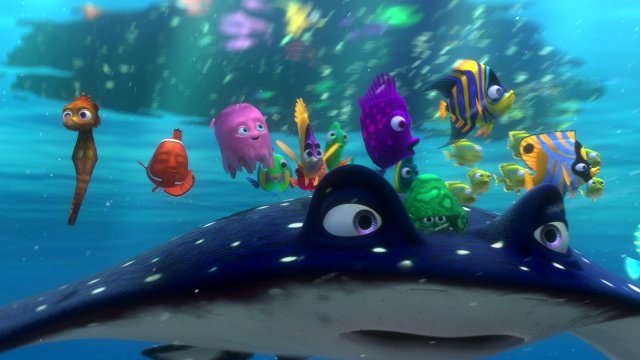
When eagle rays finally reach maturity, unlike some fish that lay millions of eggs, an eagle ray will have three to four pups only about once or twice a year. Again, while this birth rate may sound high (especially when compared to the birthrates of average Singaporeans), remember that most baby rays don’t make it to adulthood. Life at sea is hard, and safe and LIVING shores are disappearing fast. There are many odds stacked against the survival of these beautiful rays, but there are little oases of hope that exist in shores like Labrador and our Southern Islands. Very little is known is known about their ecology, but fishing records show that their numbers are declining throughout the world. If we want to unlock the mysteries of these long-lived sea creatures, we need to save our coastal shores, eat less fish (over consumption can damage healthy ecosystems), and fish responsibly by catching only what we need and with the right tools so that our LIVING shores remain undamaged.
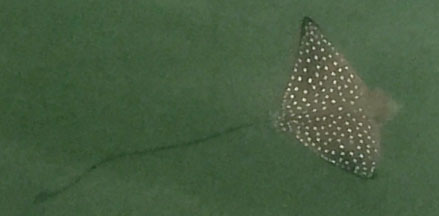
Eagle rays can grow up to 222 cm in length, and weigh up to 116 kg. This is useful to know, in case you ever see one, you’d know if its still got a long life ahead of it! Females can get larger and heavier than males – growing live pups in your belly demands a lot of energy! Eagle ray moms will abort their babies if they are stressed. So please leave Eagle rays be, so that they can continue to make Singapore their safe home.
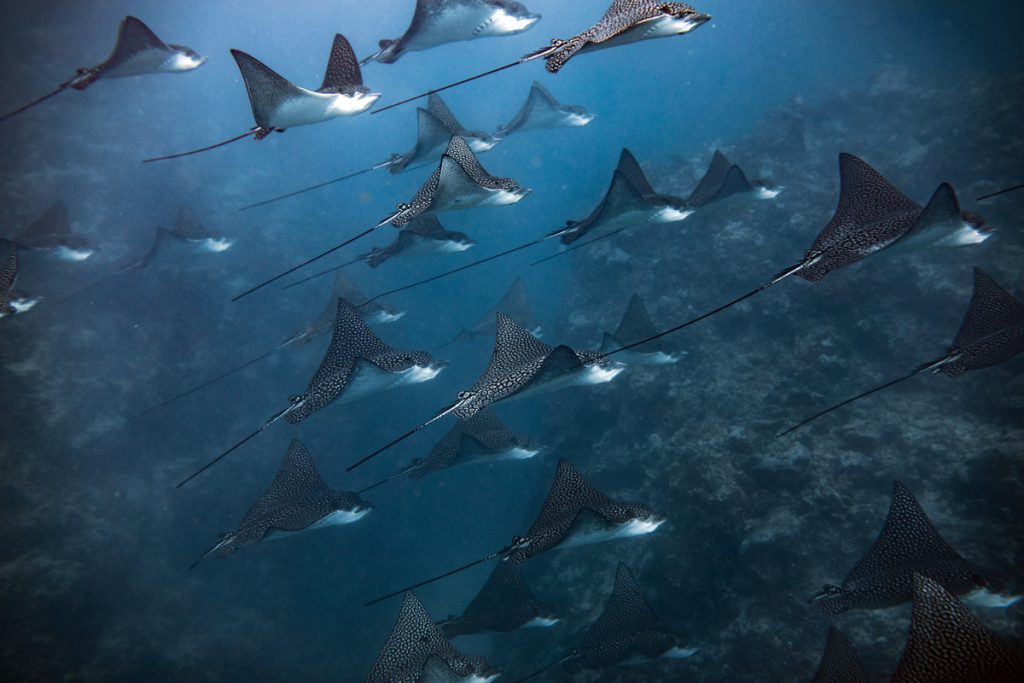
 Posted in
Posted in 



 content rss
content rss
COMMENTS